What is Radioactive pollution?
Pollution is a special types of physical pollution in which all major life supporting system- air, water and soil are involved. Radiation are produced by the spnotaneous emission of protons (alpha-particles), electrons (beta-particles) and game Ray's ( short waves electromagnetic waves) by the disintegrations of atomic nuclei of some elements. Source of environmental radiations are both natural and man made. |
| Source Wikipedia |
The natural source comprises of cosmic Ray's from space and terrestrial radiation from radio-nuclei present in the earth crust. Man made sources of radiation are mining and refining of plutonium and thorium; production and explosion of nuclear weapons; nuclear power plants and fuels; preparation of radioactive isotopes etc. Disposal of raioactive wastes from the atomic power plants is of great concern as it is very toxic and hazardous.
Higher doses of radiation can cause instant death of both plants and animals. Lower doses of it can effect various organs seriously and impair their functions. Long or repeated exposure of radiation can cause cancer and leukarmia and induce mutations. To prevent radioactive pollution, the leakage from reactors careless handling, transport and use of radioactive fuels and radioisotopes have to be totally stopped.
Causes of radioactive pollution:-
- Nuclear power plants (Ex-Neyveli, kalpakkam)
- Nuclear weapons (Ex-Missiles)
- Disposal of nuclear waste
- Uranium mining
Effects of radioactive pollution:-
- The diseases include blood in cough.
- Ulser
- Swelling of bone joints.
- Cancer
- Lung cancer
- Skin cancer
- Bone cancer
- Eye problems
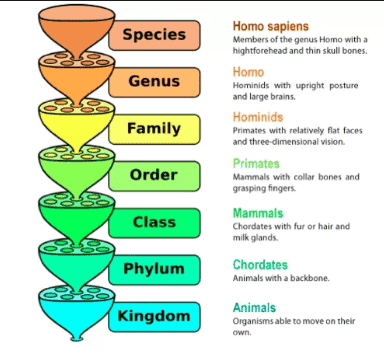
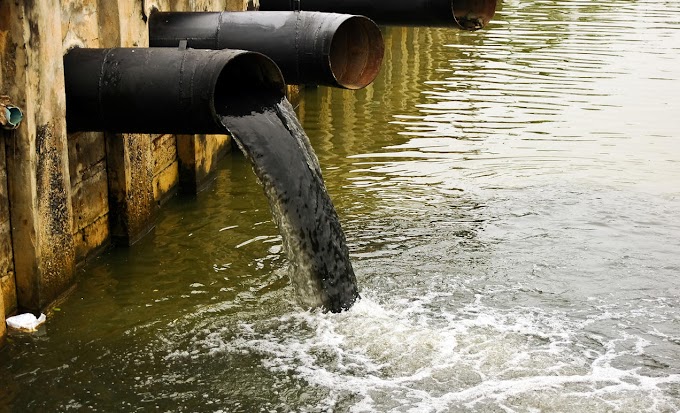

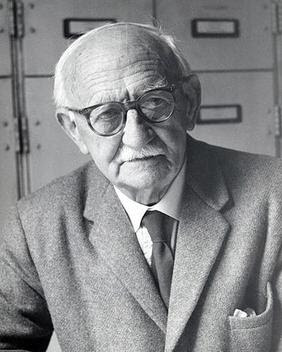



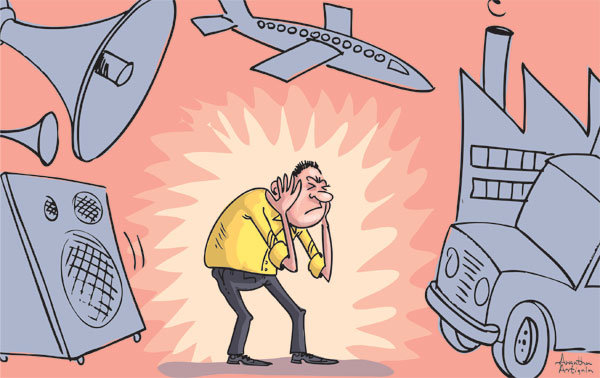
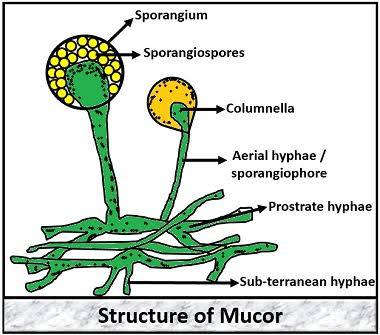




0 Comments
If you have any query let me know.